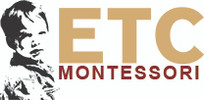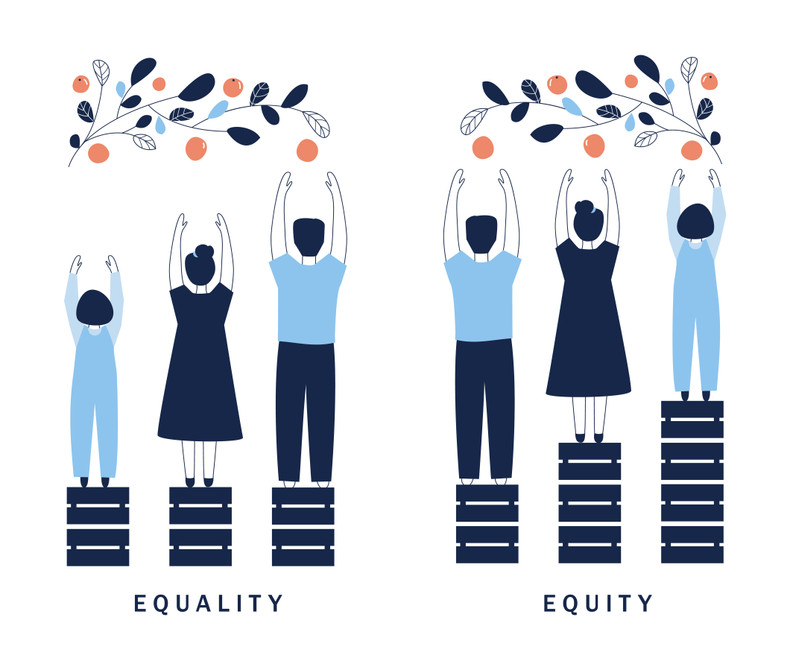
Equity and equality are two important concepts in education that are often used interchangeably, but they have distinct meanings and implications for how we approach teaching and learning.
Equality refers to treating everyone the same, regardless of their individual differences or needs. In a classroom setting, this might mean providing the same resources and opportunities to all students, regardless of their background or abilities. For example, every student might receive the same materials, cards, or access to the Montessori materials, or every student might be held to the same standards for an assignment or exam.
While the intention behind this approach is admirable, occasionally, it can be problematic because it does not consider the fact that students have unique needs and abilities. A student who is struggling with reading, for example, might not be able to make the same use of a guiding question as a student who is proficient in reading. Similarly, a student who has experienced trauma might not be able to meet the same standards for an assignment or exam as a student who has not.
Equity, on the other hand, refers to providing what is necessary to ensure fairness and justice for all students. This means considering each student's individual needs and abilities and providing the resources and support necessary to help them succeed. For example, a student who is struggling with reading might be provided with an audio version of a textbook, or a student who has experienced trauma might be provided with additional support and accommodations to help them meet the standards for an assignment or exam.
To implement equity fully and effectively in the classroom requires a deep understanding of the individual needs and abilities of each student, as well as the cultural and societal factors that may impact their learning. This can be achieved through effective assessment and data collection, including regular monitoring of students' progress and engagement, and ongoing communication with students and their families. Teachers should also be mindful of their own biases and take steps to ensure that all students feel valued and respected in the classroom. This is particularly true in a middle school environment.
One effective way to promote equity in the classroom is through differentiated instruction. This approach involves tailoring instruction and assessment to meet the unique needs of each student, rather than using a one-size-fits-all approach. For example, a teacher might use different teaching methods or materials for different students or provide various levels of support and guidance depending on a student's abilities.
Another important aspect of equity in education is providing access to a wide range of resources and opportunities. This might include providing access to technology and other resources that can help students learn, such as books and other materials in different languages, or providing support for students with disabilities. Additionally, providing access to extracurricular activities and other opportunities can help to level the playing field for students who may not have these opportunities outside of their school setting or classroom environment.
In summary, equity and equality are two important concepts in education that are often used interchangeably, but they have distinct meanings and implications for how we approach teaching and learning. Equality refers to treating everyone the same, while equity refers to providing what is necessary to ensure fairness and justice for all students. Implementing equity in the classroom requires a deep understanding of the individual needs and abilities of each student, as well as the cultural and societal factors that may impact their learning, through effective assessment and data collection, ongoing communication, differentiated instruction, and providing access to a wide range of resources and opportunities.
Tanysha Idleman is the Director of Inclusion, Equity & Diversity at ETC Montessori.

